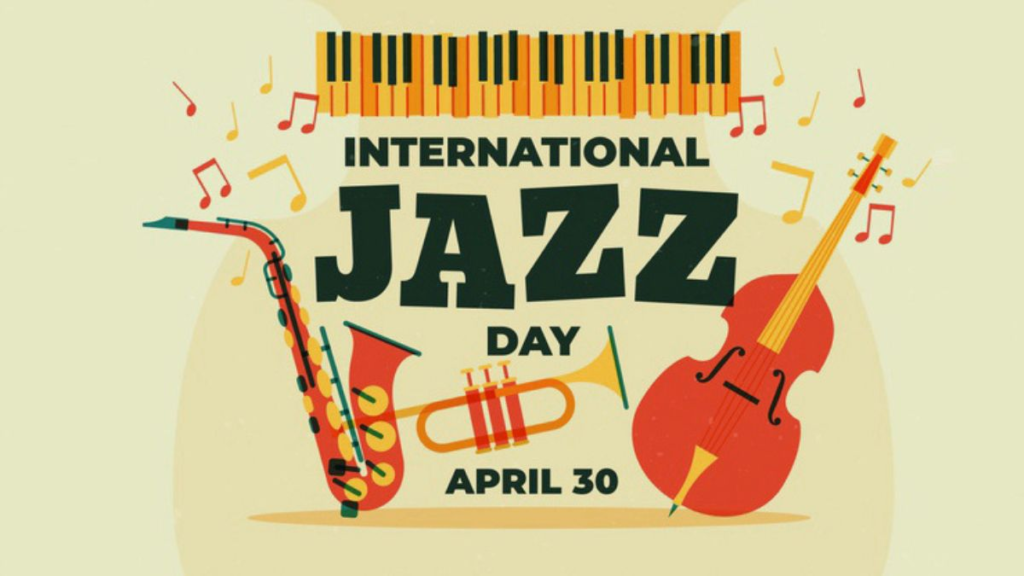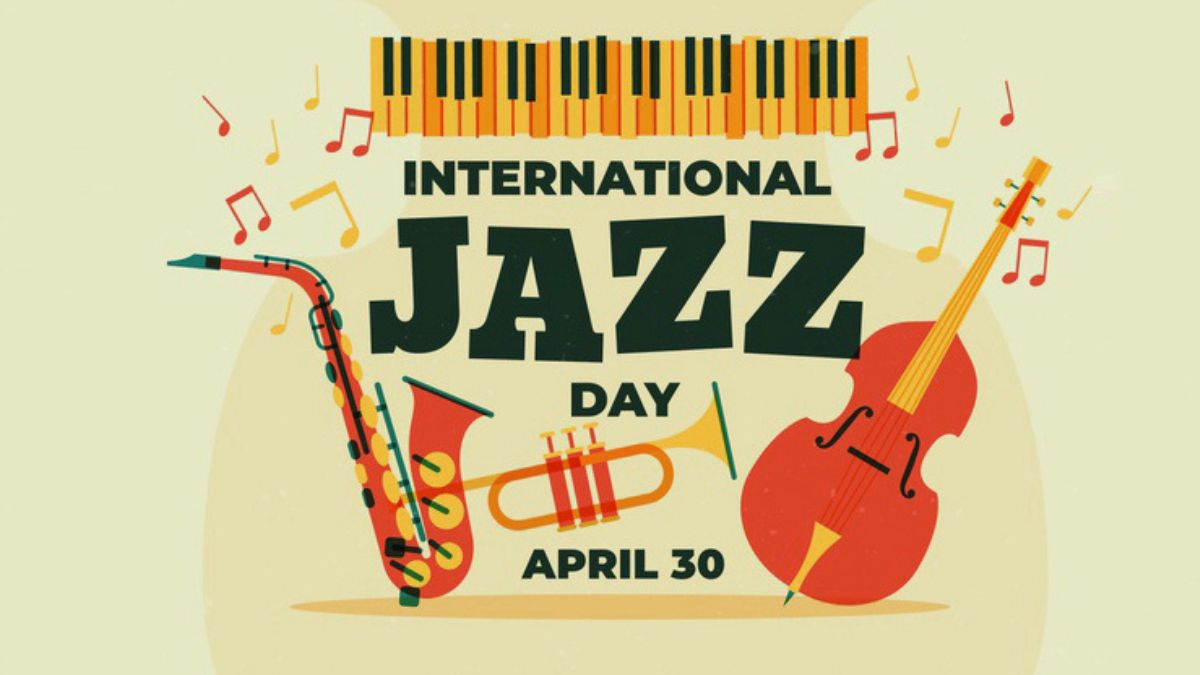
Jazz is not just music—it’s a movement. Born in the backstreets of New Orleans, nurtured in smoky clubs, and now echoed on global stages, jazz is a story of freedom, identity, and innovation. It dances with rhythm, flirts with improvisation, and speaks the universal language of soul.
In this post, we trace the vibrant journey of jazz—from its birth in the American South to its rise as a worldwide cultural force.
Table of Contents
- Birth of Jazz: New Orleans, The Cradle of Sound
- The Roaring Twenties: Jazz Goes Mainstream
- Swing Era and Big Bands: A Nation in Rhythm
- The Bebop Revolution: Complexity Takes the Stage
- Cool Jazz and West Coast Vibes
- Hard Bop and Soulful Revival
- Avant-Garde and Free Jazz: Breaking the Mold
- Fusion Era: Jazz Meets Rock and Funk
- Global Jazz: Crossing Borders and Cultures
- Modern Jazz: A Living, Breathing Artform
1. Birth of Jazz: New Orleans, The Cradle of Sound
At the dawn of the 20th century, New Orleans buzzed with a cultural cocktail of African, Caribbean, and European influences. In this vibrant mix, jazz was born—an explosive fusion of blues, ragtime, gospel, and marching band music. Street parades, brass bands, and impromptu jams shaped a new language of rhythm and improvisation. Musicians like Buddy Bolden and Jelly Roll Morton laid the earliest bricks of the genre.
2. The Roaring Twenties: Jazz Goes Mainstream
As America entered the Jazz Age, the genre exploded across the nation. Speakeasies in Chicago and New York pulsed with energy, and Louis Armstrong’s trumpet became the voice of a generation. Jazz became the soundtrack of rebellion, liberation, and style—especially in Harlem, where it was central to the Harlem Renaissance.
3. Swing Era and Big Bands: A Nation in Rhythm
In the 1930s and 40s, jazz swelled into a grand spectacle. Big band leaders like Duke Ellington, Count Basie, and Benny Goodman brought swing to ballrooms and radio waves. These lush, orchestrated arrangements got the nation dancing and elevated jazz into a major entertainment force.
4. The Bebop Revolution: Complexity Takes the Stage
The end of WWII saw jazz retreat from dance halls into smoky clubs—and into deeper musical territory. Bebop, led by Charlie Parker and Dizzy Gillespie, shattered the swing-era formulas. It was faster, more complex, and emotionally intense—meant for listeners, not dancers. Bebop marked jazz’s intellectual awakening.
5. Cool Jazz and West Coast Vibes
As a reaction to bebop’s fiery pace, cool jazz emerged with a smoother, more relaxed tone. Musicians like Miles Davis, Dave Brubeck, and Chet Baker brought a softer, more introspective voice to jazz. California clubs and college campuses embraced this cooler sophistication.
6. Hard Bop and Soulful Revival
Hard bop brought the soul back into jazz, infusing it with gospel, blues, and R&B elements. Artists like Art Blakey, Horace Silver, and Cannonball Adderley created powerful, earthy music that resonated with working-class America and reflected the civil rights struggles of the era.
7. Avant-Garde and Free Jazz: Breaking the Mold
In the 1960s, boundaries shattered. John Coltrane, Ornette Coleman, and Sun Ra defied structure and embraced spiritual exploration. Free jazz was raw, chaotic, and deeply personal. It was jazz stripped to its essence—emotion and expression in pure form.
8. Fusion Era: Jazz Meets Rock and Funk
By the 1970s, jazz was ready to experiment again. Fusion emerged as a powerful hybrid—mixing electric instruments, rock grooves, and funk rhythms. Herbie Hancock, Weather Report, and Return to Forever electrified jazz, attracting new audiences and expanding its sonic universe.
9. Global Jazz: Crossing Borders and Cultures
As jazz circled the globe, it picked up accents from every continent. Brazilian bossa nova, Afro-Cuban jazz, Indian classical fusions, and European avant-garde styles all became part of jazz’s expanding lexicon. Artists like Antonio Carlos Jobim, Manu Dibango, and Anouar Brahem brought local flavors to a global sound.
10. Modern Jazz: A Living, Breathing Artform
Today, jazz lives on in countless forms—from intimate trio sets to genre-bending experiments. Musicians like Esperanza Spalding, Kamasi Washington, and Snarky Puppy are pushing jazz forward, blending it with hip-hop, electronic, and classical influences. Jazz has never stopped evolving—because jazz, at its core, is about freedom.
Closing Note: Jazz Is the Journey
From the back alleys of New Orleans to concert halls in Tokyo, jazz has crossed every boundary—geographic, cultural, and musical. It has redefined itself in every era, while staying true to its spirit: improvisation, innovation, and expression. Jazz isn’t just history—it’s happening now.
Let it move you. Let it surprise you. Let it take you somewhere new.

